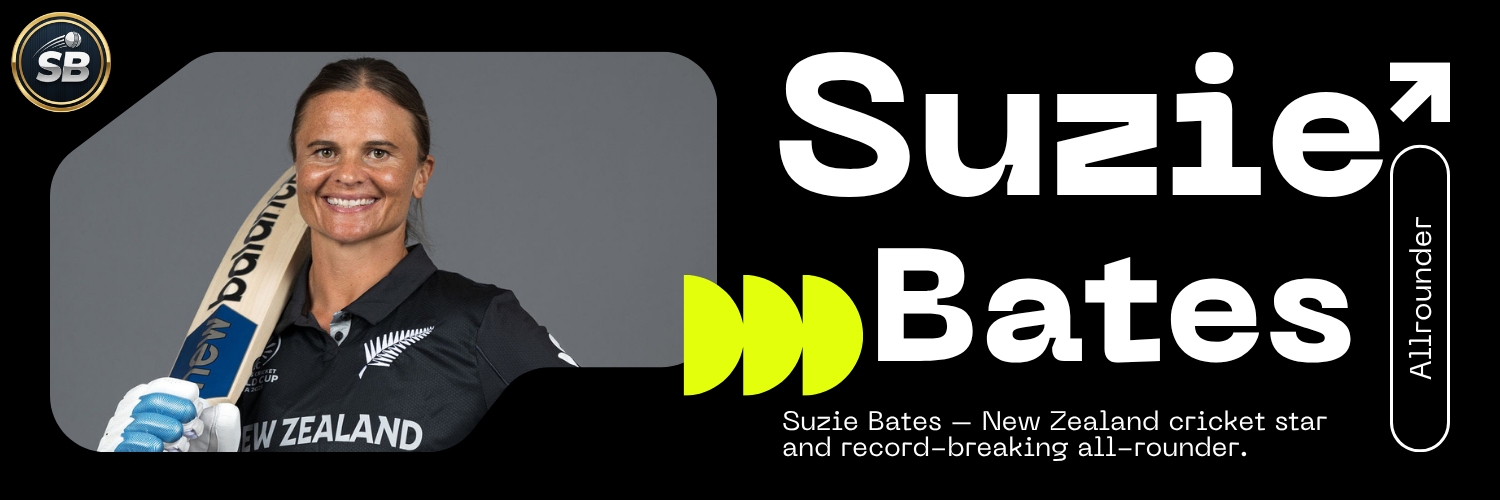Suzie Bates‘s involvement in the Women’s Big Bash League (WBBL) took an intriguing turn in 2024 when her salary situation diverged from the traditional paths of many of her peers. This article delves into Bates’s unique circumstances, exploring the nuances of her signing as an overseas replacement player for the Hobart Hurricanes and the overall salary structures present within the league.
Overview of Suzie Bates’s WBBL Involvement
In October 2024, Suzie Bates found herself navigating the WBBL landscape in a way she hadn’t anticipated. Despite her impressive career and reputation as a skilled cricketer, she was not selected during the WBBL overseas draft. This decision left some fans and analysts surprised, given her track record. However, the tides turned in her favor when the Hobart Hurricanes signed her as an overseas replacement player.
This unexpected signing came about due to the absence of England’s Danni Wyatt-Hodge, who was sidelined for part of the tournament. With the pressure of the competition ramping up, the Hurricanes needed someone with experience and skill to fill the gap, and Bates fit the bill perfectly. While her path may have diverged from the conventional draft process, it showcased her resilience and adaptability in the face of challenges.
Contract Signing and Context
Bates’s signing marked a pivotal moment in her 2024 WBBL journey. The timing was crucial, as it coincided with the latter part of the season, where every match counted significantly. By joining the Hurricanes, Bates was not only stepping into a vital role but also seizing an opportunity that could enhance her profile in the league.
The nature of her contract as a replacement player differed markedly from those drafted under the tiered salary system. Instead of adhering to predetermined salary bands, Bates had the chance to negotiate directly with the club. This flexibility in her contract reflects the dynamic nature of player negotiations in professional sports and highlights the strategic decisions clubs must make as they pursue success in competitive environments.

WBBL Salary Structures and Bands
Understanding the financial framework surrounding players like Suzie Bates requires a closer examination of WBBL’s salary structures. The league has implemented a tiered salary system specifically for overseas players, which impacts how contracts are structured and negotiated.
This tiered salary structure is designed to attract top talent from around the globe, offering varied compensation based on the player’s perceived value and experience. Such structures create an interesting dynamic among teams as they work to assemble the best rosters possible while staying within budgetary constraints.
Overview of the Tiered Salary System
The tiered salary system categorizes overseas players into distinct bands, each with its corresponding salary figure. As per the information available, these bands are:
- Platinum: $110,000
- Gold: $90,000
- Silver: $65,000
- Bronze: $40,000
These figures reflect a significant investment by the league in attracting international talent. Top-tier players often command salaries that mirror their skills and reputation, while those in lower tiers still receive respectable compensation for their contributions.
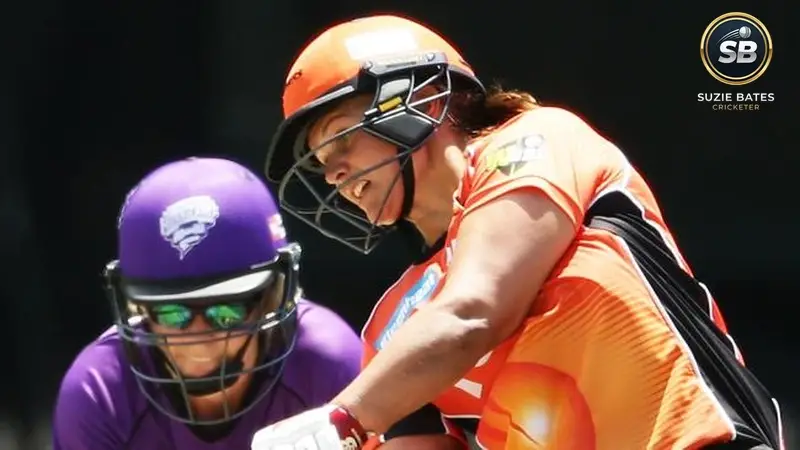
Breakdown of Each Band
The Platinum band, representing the highest echelon of overseas players, offers a whopping $110,000. Players in this category typically possess exceptional skills, extensive experience, and a proven track record of performance on the international stage. Their presence can dramatically elevate a team’s performance, making them invaluable assets.
Moving down to the Gold band, players earn $90,000. These athletes may not have attained the same level of acclaim as Platinum players but still bring considerable talent and experience. They serve as key contributors to their teams, often balancing both performance and mentorship roles within the squad.
The Silver band sees salaries at $65,000, which reflects the depth of quality international players available. Finally, the Bronze band, at $40,000, represents emerging talents breaking into the professional scene. Each of these salary bands plays a crucial role in shaping team strategies and securing valuable players.
Salary Impacts of Not Being Drafted
For players like Suzie Bates, who were not selected in the overseas draft, the financial implications can be significant. Without a designated salary band, non-drafted players miss out on the stability that such contracts provide. Instead, they must negotiate their contracts independently, leading to variability in salary levels.
The difference between drafted and non-drafted salaries isn’t just a matter of numbers; it’s a reflection of the players’ marketability and negotiation power. Non-drafted players often find themselves in a more precarious position, needing to prove their worth through performance rather than being recognized ahead of time in the draft.
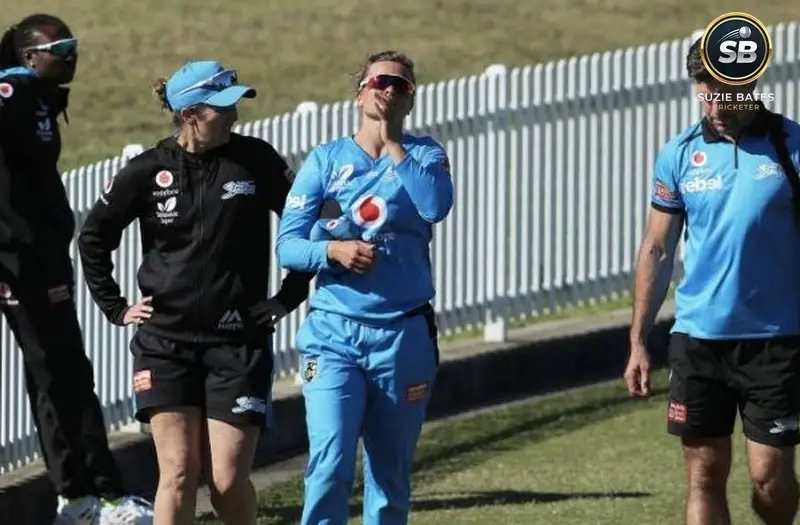
How Non-Drafted Players Like Bates Are Affected Financially
Suzie Bates’s situation highlights the broader challenges faced by non-drafted players within the WBBL framework. By not being part of the initial draft, Bates didn’t benefit from the security of a set salary. Instead, her earnings became contingent upon her negotiation with the Hurricanes, which could lead to varying outcomes based on the club’s budget and needs.
Moreover, the absence of a predetermined salary band means that non-drafted players often must contend with uncertainty regarding their financial futures in the league. This lack of stability can impact their decision-making processes, both in terms of accepting offers and considering other opportunities that might arise.
Difference Between Drafted and Non-Drafted Salaries
The disparity between drafted and non-drafted players extends beyond immediate financial compensation; it affects perceptions within the sport. Drafted players enjoy a degree of prestige and recognition that comes with being selected, serving as a validation of their skills and potential. In contrast, non-drafted players like Bates must work harder to establish their credibility and show they deserve a place in the league.
Additionally, being non-drafted can affect a player’s leverage in negotiations. While contracted players can look forward to a fixed salary based on their draft band, non-drafted players often enter negotiations without similar advantages. This situation puts the onus on them to showcase their capabilities quickly, making every opportunity count.
These salary tiers often form the basis of evaluations explored within the Contract & Market Value section, where wider trends in player compensation and market positioning are analyzed
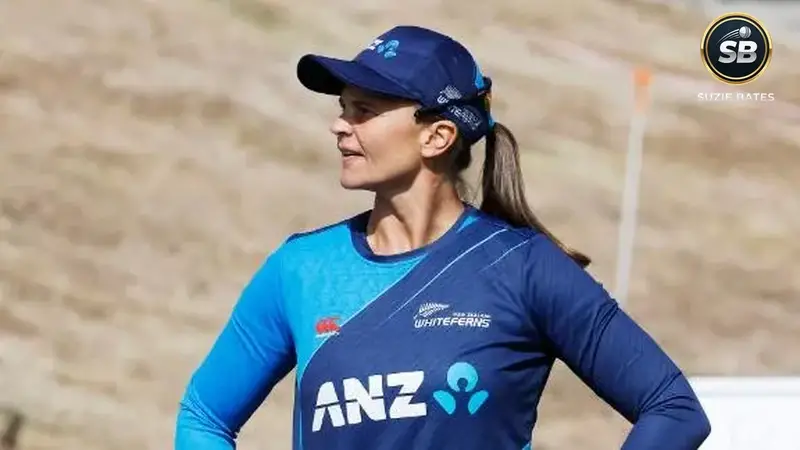
Details of Suzie Bates’s Contract in 2024
Having explored the general salary structures and implications for non-drafted players, it’s essential to zoom in on the specifics of Suzie Bates’s contract with the Hobart Hurricanes. Understanding these details provides insight into her role within the team and the broader context of her contributions to the league.
Bates’s contract was signed in October 2024, marking her entry into the WBBL amid ongoing matches. Coming in as a replacement player added layers to her contractual circumstances, which were shaped directly by the needs of the Hurricanes and the specifics of her engagement with the club.
When Bates Was Signed by Hobart Hurricanes
The timing of Bates’s signing was strategic, aligning with a critical juncture in the tournament. As the competition intensified, the Hurricanes recognized the need for a seasoned player to bolster their chances of success. Bates’s arrival injected much-needed experience into the squad, allowing the team to navigate the high-pressure environment of the latter stages of the season effectively.
Her signing also served as an opportunity for Bates to demonstrate her value in the league. By stepping into a prominent role during a crucial point in the tournament, she had the chance to shine and potentially reshape her future in the WBBL.
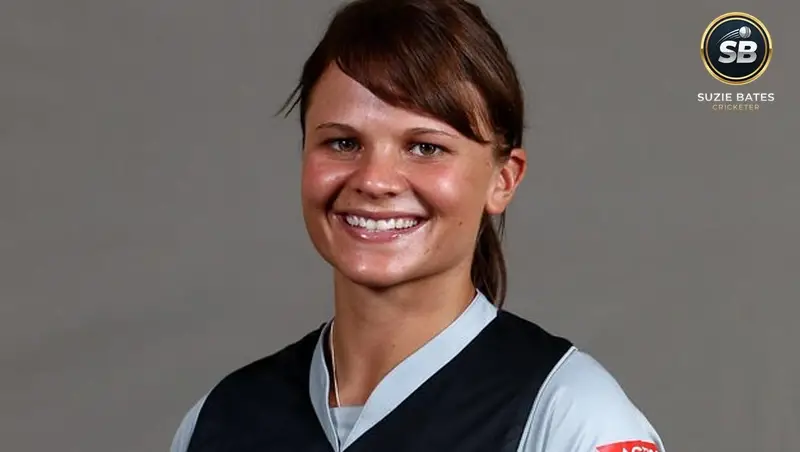
The Reason for Her Signing: Replacing Danni Wyatt-Hodge
Bates was brought in to replace Danni Wyatt-Hodge, whose absence was felt strongly by the Hurricanes. Wyatt-Hodge’s departure opened a significant gap in the team’s lineup, one that required a player with not just skill but also the ability to adapt to the dynamics of the existing roster.
This scenario illustrated the intricate balance teams must maintain when managing player availability and performance. Bates’s experience positioned her well to fill this gap, providing the Hurricanes with a reliable option as they pursued their championship aspirations.
Suzie Bates’s journey through the 2024 WBBL exemplifies the complexities of player salaries and contracts in professional sports. From not being selected in the overseas draft to being signed as a replacement player, her experiences reveal the stark contrasts in financial stability between drafted and non-drafted players. The tiered salary system creates a clear framework for compensation, yet players like Bates highlight the unpredictable nature of negotiations outside this structure. Ultimately, Bates’s signing with the Hobart Hurricanes not only underscored her resilience but also the ever-evolving landscape of women’s cricket, where opportunities can arise unexpectedly, leading to new chapters in an athlete’s career.
